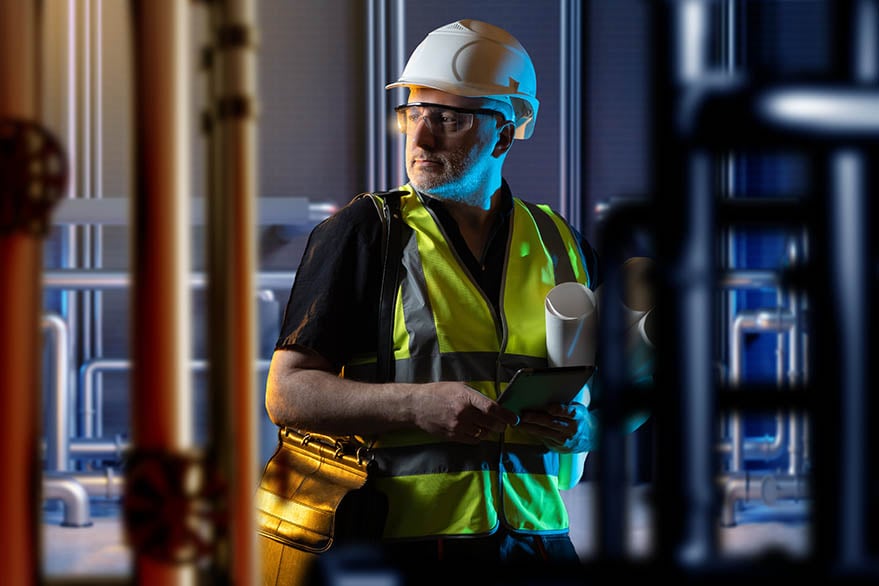The Role of Facility Management in Enhancing Functional Efficiency
The Role of Facility Management in Enhancing Functional Efficiency
Blog Article
The Necessary Guide to Center Administration: Strategies for Success
Center management plays an essential function in the general success of an organization, working as the foundation that supports efficiency, security, and productivity. By employing calculated approaches such as integrated technical solutions and promoting cross-departmental cooperation, organizations can dramatically improve their functional structures. However, the nuances of effective facility monitoring expand beyond simple logistics and call for a comprehensive understanding of both qualitative and quantitative metrics. As we discover these essential techniques, a closer assessment discloses just how they can change not simply centers, but the very culture within an organization itself. What might these changes appear like in method?
Recognizing Center Administration
What constitutes effective center administration? Effective center monitoring includes the coordination of numerous business functions to make certain that constructed atmospheres are secure, efficient, and helpful to performance. Facility Management. It integrates the principles of architecture, design, and service management to develop a seamless functional flow within a company
Key aspects of facility administration consist of area preparation, maintenance monitoring, and compliance with health and wellness and safety guidelines. Space planning concentrates on optimizing making use of physical resources to support business goals, while upkeep monitoring ensures that facilities are kept in optimum condition, making the most of life-span and decreasing functional prices. Compliance with regulatory and legal requirements is crucial, as it safeguards the organization versus possible liabilities and enhances its track record.
In addition, effective facility monitoring relies upon the calculated use modern technology, such as Structure Management Systems (BMS) and Computer-Aided Facility Administration (CAFM) devices. These modern technologies help with real-time monitoring of building systems and enhance upkeep procedures. Inevitably, a comprehensive approach to facility management not only promotes operational efficiency but also promotes a positive environment for visitors and staff members alike, driving total business success.
Trick Approaches for Optimization
Maximizing center administration needs a calculated technique that lines up operational experiment organizational purposes. To attain this, the initial crucial technique is the application of integrated technical options. Using sophisticated software systems permits for real-time surveillance of center operations, facilitating data-driven decision-making and improving overall effectiveness.
Second of all, routine analyses of facility performance are essential. Conducting routine examinations and audits makes it possible for facility supervisors to recognize areas that require enhancement, guaranteeing that sources are designated efficiently. This proactive technique helps in decreasing downtime and improving service distribution.
Another essential method is fostering cooperation across divisions. By encouraging open interaction between teams, facility supervisors can better straighten their techniques with organization goals, bring about enhanced functional synergy. Furthermore, involving staff in training programs advertises a culture of responsibility and enhances their capability to add to optimization efforts.
Enhancing Safety And Security Protocols
Enhancing safety and security protocols is crucial for creating a safe setting within facilities. A detailed safety and security protocol not only shields site visitors and staff members but likewise improves functional efficiency. To achieve this, facility supervisors have to conduct regular danger evaluations to guarantee and recognize possible threats that suitable procedures remain in area.
Educating and education are essential elements of efficient security methods - Facility Management. Staff members need to obtain continuous training in emergency procedures, devices handling, and personal protective steps. Routine drills, such as fire emptyings or lockdown procedures, foster experience and preparedness among staff
Additionally, clear interaction networks have to be developed to report security worries promptly. This consists of producing an easily accessible system for workers to voice potential hazards or cases without anxiety of retribution. In addition, leveraging modern technology can improve precaution; for instance, applying monitoring systems and access controls helps check center activities and limit unapproved entry.
Last but not least, compliance with local guidelines and market criteria is non-negotiable. Routine audits and reviews of security protocols make certain positioning with existing laws and finest techniques. By focusing on these methods, center managers can grow a culture of safety and security that safeguards all stakeholders and ultimately contributes to the company's success.
Improving Work Environment Setting

Ergonomic factors to consider are important to minimize physical pressure and pain. Facility Management. This includes supplying flexible furniture, proper lighting, and adequate room for activity. These changes can cause decreased absenteeism and increased work contentment
Appearances play an essential function in shaping the workplace ambience. Making use of color psychology, natural lights, and greenery can foster a stimulating and inviting atmosphere. Thoughtfully made areas can increase creativity and boost overall health.
Additionally, encouraging staff member interaction through comprehensive decision-making processes can boost the sense of possession and belonging. Gathering responses on work environment renovations and involving employees in the design process can bring about a much more customized atmosphere that fulfills their requirements.
Last but not least, promoting health efforts, such as health cares and relaxation rooms, can even more add to a helpful office culture. By concentrating on these techniques, center managers can efficiently boost the workplace atmosphere, driving both employee complete satisfaction and business success.
Measuring Success in Facilities
Determining success in center management needs a comprehensive method that reviews both quantitative and qualitative metrics. Measurable metrics generally include vital efficiency indications (KPIs) such as space use prices, power consumption, maintenance expenses, and tenancy degrees. These metrics give a clear photo of operational effectiveness and monetary efficiency, permitting center managers to identify areas for enhancement and criteria versus market criteria.
Qualitative metrics, on the various other hand, concentrate on customer satisfaction and employee engagement. Surveys and feedback mechanisms can evaluate exactly how well the facilities satisfy the requirements of passengers, aiding to analyze the total office setting. This facet is critical, as a satisfied labor force is often connected to raised performance and retention prices.
To properly gauge success, center managers visit this site right here ought to also take into consideration incorporating modern technology, such as developing monitoring systems and information analytics devices, to gather and analyze relevant data. Consistently assessing both collections of metrics enables a more balanced sight of performance and informs strategic choices. Eventually, a successful center monitoring method rests on a dedication to continual enhancement, guaranteeing that both functional effectiveness and user satisfaction are focused on.
Conclusion

Facility management plays a crucial role in the total success of a company, serving as the backbone that sustains productivity, safety and security, and effectiveness.Key components of facility monitoring include area preparation, upkeep management, and conformity with health and safety and security get more guidelines.Furthermore, reliable facility monitoring relies on the critical use of modern technology, such as Building Monitoring Systems (BMS) and Computer-Aided Center Management (CAFM) devices. Ultimately, a detailed approach to facility monitoring not only advertises operational effectiveness yet also cultivates a positive atmosphere for site visitors and staff members alike, driving overall business success.
Ultimately, a successful center monitoring technique hinges on a dedication to continuous improvement, making sure that both functional efficiencies and individual contentment are prioritized.
Report this page